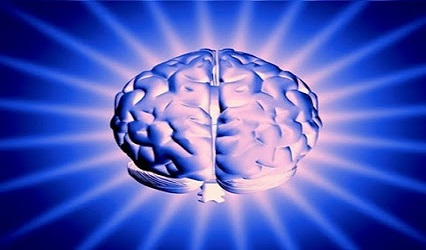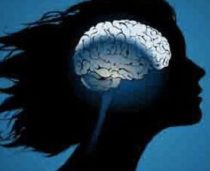The scientists of George Washington University are saying they have discovered that part of the brain responsible for flipping the switch of human consciousness. It is said that when this part of the brain, called the claustrum, is electrically stimulated, human consciousness is turned off. However, when the electrical stimulation is halted, consciousness comes back. The claustrum is responsible for uniting the senses, perceptions, and analytic thinking into one single experience. This discovery can have significant effect for people who are in a coma. And also in establishing the degree of consciousness of other living things, like animals or even a fetus.
In terms of human consciousness, a century of study about neuroscience has only allowed mankind to understand barely about how the brain works. However, the majority of the theories scientists have regarding consciousness state that it originates from the part that unites all brain activities from other parts into one overall experience. To put it simply, this part of the brain acts like a CPU. Without it, all other parts are just functional but uncoordinated into performing one single task.
The claustrum is a thin irregular sheet of neurons that are found below the neocortex in the central region of the brain.
This research was led by Mohamad Koubeissi at GWU in Washington, DC. They were studying an epileptic woman. Using electrodes, they wanted to see what causes the seizures and where they originate by stimulating certain parts of the brain. When they stimulated the claustrum – the thin part below the neocortex – the patient lost consciousness. She ceased all activity and just stared blankly. When it was halted, the woman regained consciousness and carried on to whatever it is she was doing with no idea what just transpired.
Dr. Koubeissi claims in an interview with New Scientist that this phenomenon is so much like that of a car with many different parts. However, there is only one part that switches everything on all at once using a key. Just like human consciousness, it is a diverse and complicated network. This discovery may have found the key.
There may be some loopholes regarding this study just like all other leading neuroscience studies in history. First, the study only focused on one subject – an epileptic’s brain for that matter. Now a previous removal of part of her hippocampus does not categorize hers as a normal brain. That said, the study needs further research. Hopefully, with the publishing of this research, more will try to pursue research and understand the consciousness aspect of the brain which is the claustrum.
If indeed the claustrum is the seat of consciousness, this discovery can be the turning point in neuroscience history. The concept of consciousness or being higher than our animal instincts has always been a subject for debate. Basically, consciousness is the benchmark of our humanity. Instead of just walking around blankly, we are self-aware.
What is interesting is that even though the stimulation rendered the patient unconscious, she was still awake. Commonly, consciousness and wakefulness are often associated together. But they are actually not closely related at all. This remarkable discovery could be beneficial to the realm of medicine especially anesthesia and state of coma.
The concept of claustrum being an integral part of the brain especially with that of mammals should definitely be highlighted. Would it mean that animals, like humans, are self-conscious? How about a fetus? Do they become conscious as well once their claustrum is developed? Now these are just some of the mysteries that scientists are all too eager to unravel.

















